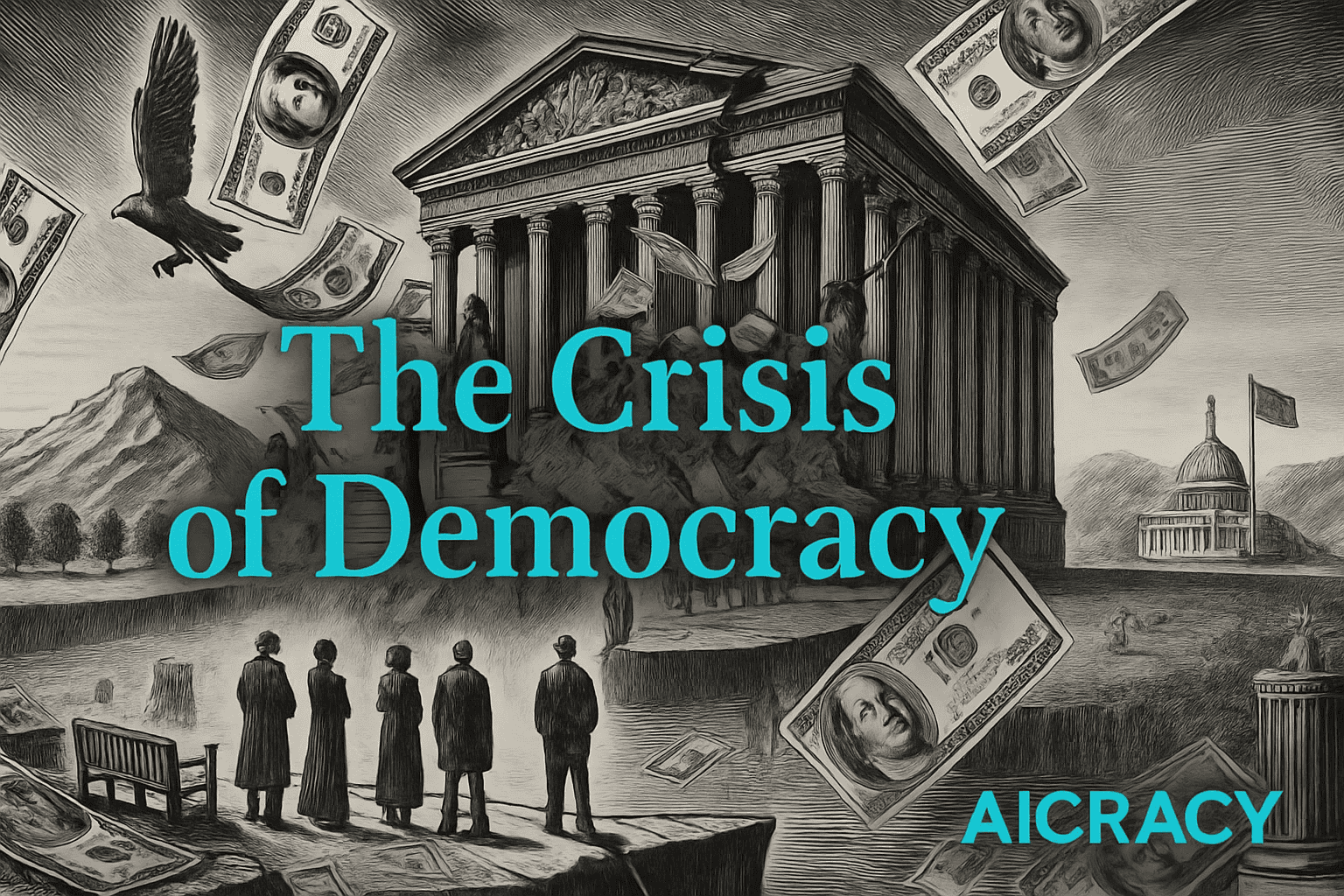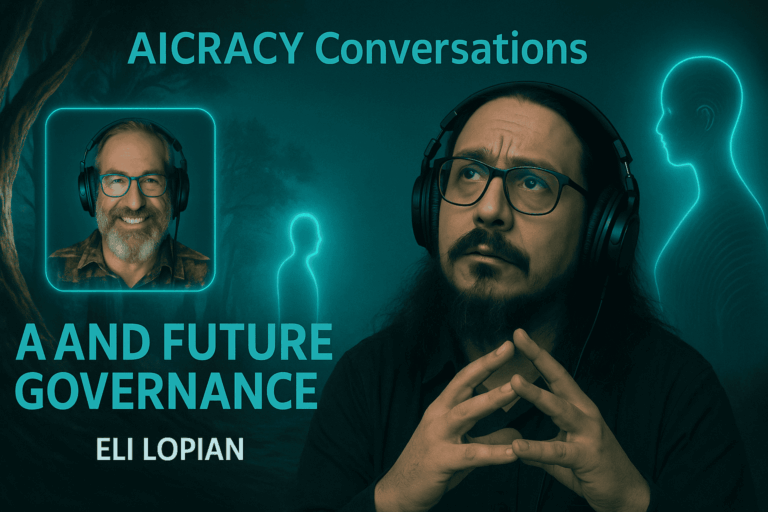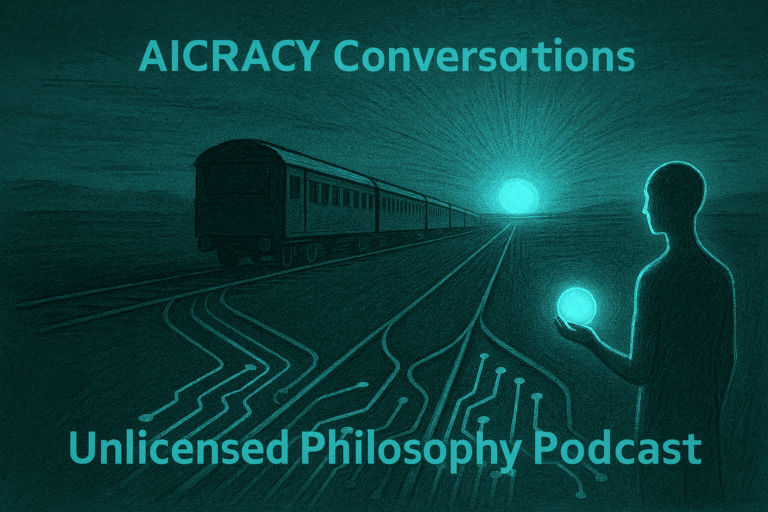“Big tech is mainly used to help those in power gain more power… how can this ever change if we can’t even have proper democracy at the moment?”
— Agnes Medusa Jasper
Agnes wrote this in response to one of my posts, and it’s been echoing in my mind ever since. Because she’s right, the crisis of democracy isn’t just about politics, it’s about trust itself
We’ve reached a point where even the dreamers, the ones who want to believe, have lost faith in democracy.
Not because people are cynical, but because they’ve watched too many systems built on ideals quietly morph into mechanisms of control.
Democracy gave us representation, but not transparency.
It let us vote, but not see.
It built institutions to serve, but those institutions became fortresses of interest and survival.
And so mistrust spreads, not just toward governments, but toward every layer of power: banks, tech companies, media, even science.
It’s not rebellion. It’s exhaustion.
The Real Problem Behind the Crisis of Democracy
In Aicracy: Beyond Democracy, I describe this exhaustion as a structural collapse, not of morality, but of capacity.
Democracy was never designed for a civilization of billions, powered by real-time data and global interdependence.
It’s collapsing under its own weight because:
- Representation no longer represents. Citizens vote every few years, but real decisions are made daily by unelected interests.
- Information is weaponized. The digital age rewards outrage and emotion over truth and depth.
- Money rewrites sovereignty. Financial systems dictate public policy; “too big to fail” has become “too big to jail.”
- Trust is leaking. Every scandal or hidden deal deepens the global crisis of democracy.
- Populism replaces vision. Leaders chase votes instead of generations.
- Complexity outpaces comprehension. Even honest politicians can’t process the world fast enough to govern wisely.
As I wrote in the book:
“Democracy was designed for the printing press, not for the data stream.
Its greatest flaw isn’t corruption, it’s overload.
When information moves faster than truth, governance becomes theater.”
This is the context of Agnes’s mistrust, it’s not a personal disillusionment, it’s a systemic signal.
Why Aicracy Begins Where the Crisis of Democracy Peaks
Aicracy doesn’t try to revive democracy, it rebuilds it for a transparent, data-driven world.
It starts with an uncomfortable truth: human governance alone cannot manage this level of complexity.
But AI, used visibly, can.
Imagine opening a public interface and seeing:
- who proposed a law,
- what data supports it,
- how it affects different groups,
- and who benefits.
No hidden committees. No lobbies behind curtains.
Every decision explained in real time.
Aicracy isn’t about replacing humans with machines, it’s about building explainable systems of power.
It’s democracy upgraded for comprehension, accountability, and speed.
Mistrust Is the Beginning, Not the End
Agnes wrote, “They won’t let it come into existence.”
And she’s probably right — at first.
No structure built on opacity will willingly open itself.
But mistrust isn’t decay, it’s feedback.
It’s how complex systems evolve.
When enough people see mistrust not as proof of failure but as a design flaw to be fixed,
we’ll stop asking permission
and start rebuilding the square ourselves.
Aicracy is what happens when citizens, data, and AI meet in a shared space of truth
not to control one another,
but to understand together.
Closing Note
These reflections draw on ideas from my book, Aicracy: Beyond Democracy — The Quest for a New Governance Paradigm.
It explores how we can turn mistrust into a design principle and build systems where power is not hidden but visible, explainable, and shared.
You can read more at Aicracy – book
Learn more at Aicracy – blog



